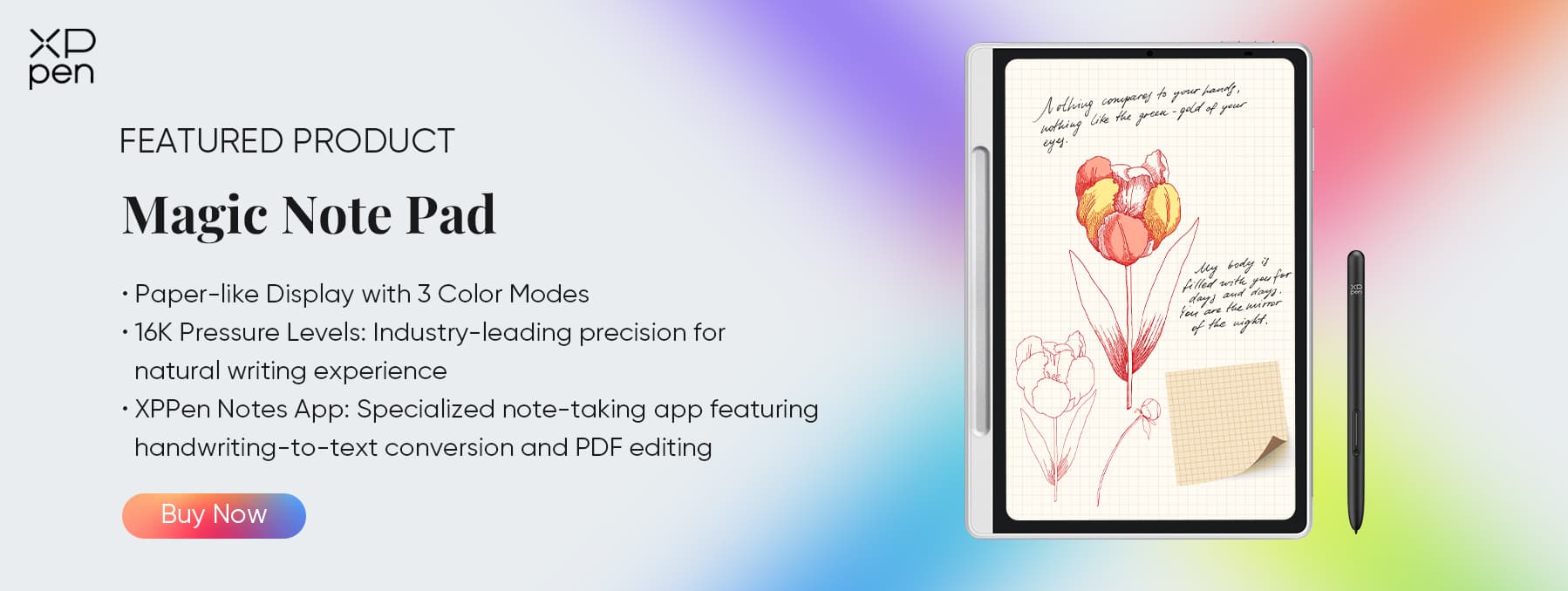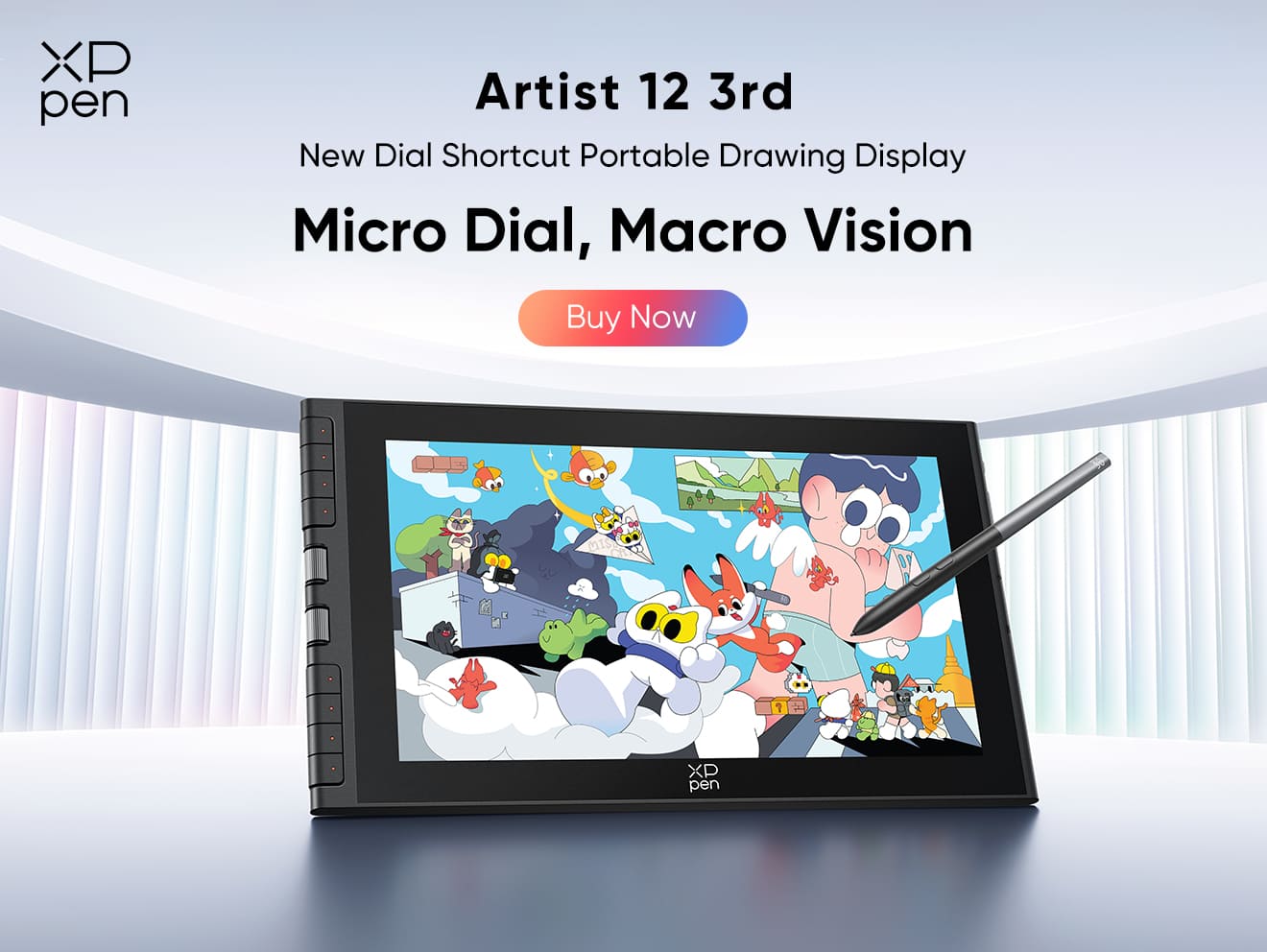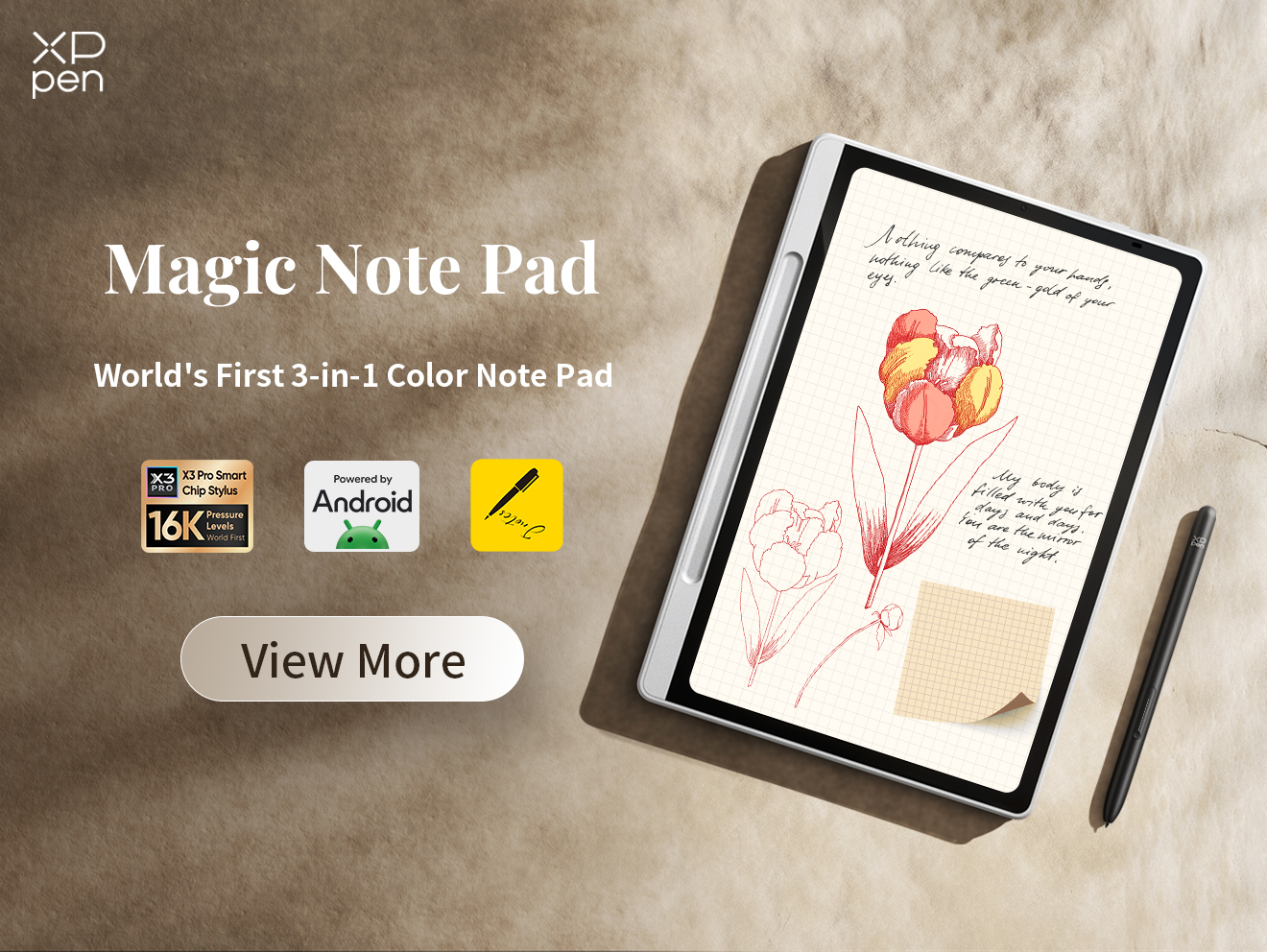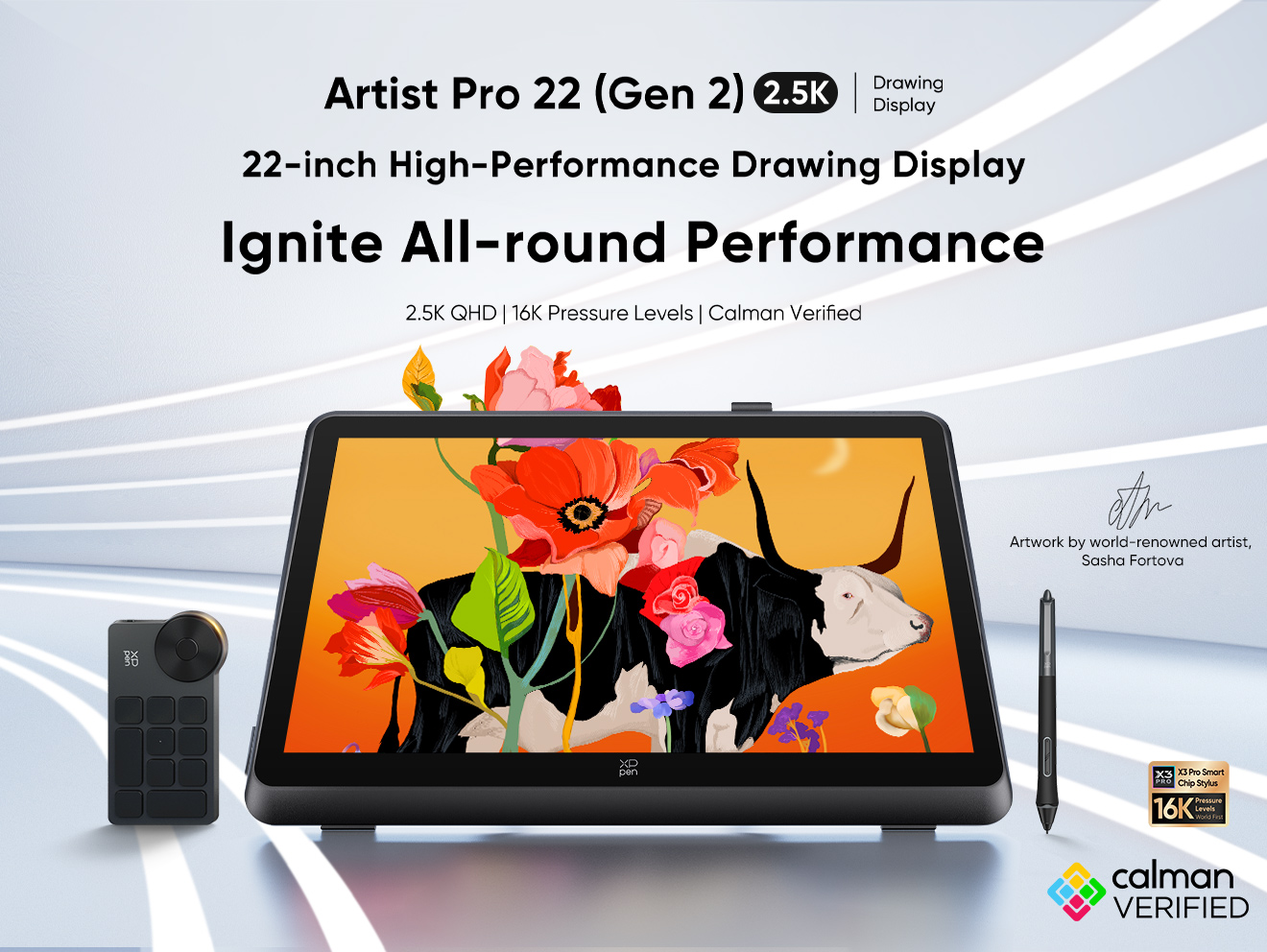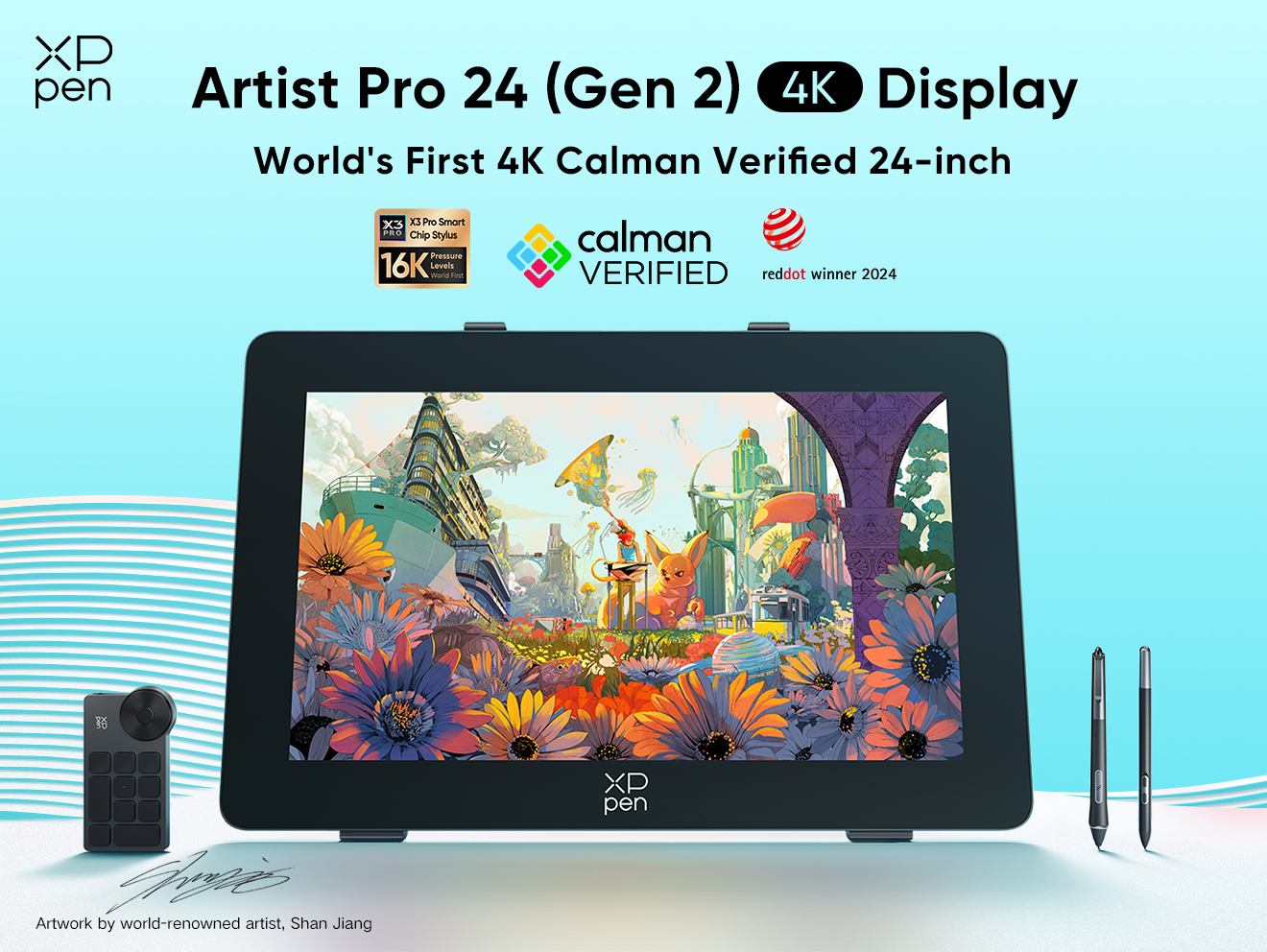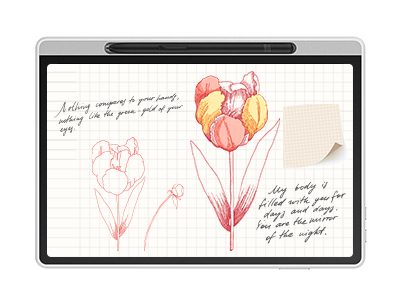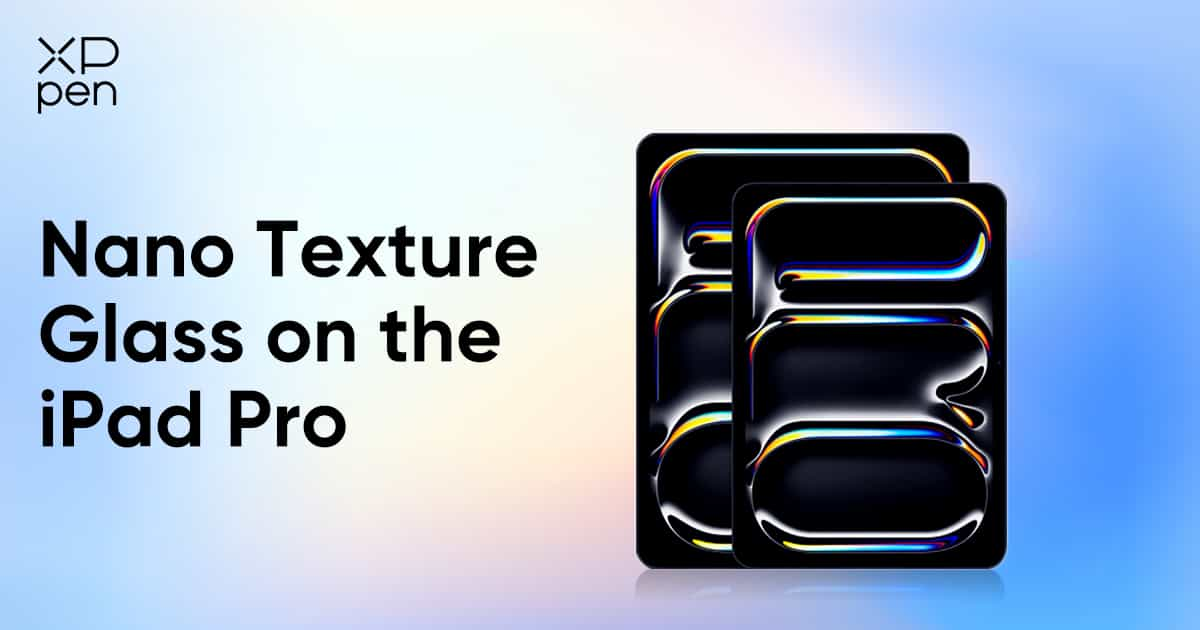
What is Nano Texture Glass on the iPad Pro? Benefits, Drawbacks, and Is It Worth It?
KNOWLEDGEWhen it comes to quality and demand, the iPad Pro has always been leading the tablet market innovation, pushing boundaries with its impressive and much higher quality of display technology. In the most recent news, there was an introduction of the latest M4-powered iPad Pro models, which Apple has brought in new ways, and introduced a significant display upgrade option to the table: nano-texture glass.
Originally developed for the Pro Display XDR, this premium display technology has now made its way to Apple's flagship tablet, promising an insurgent user experience, most particularly for those who demand the absolute best from their devices.
But the curiosity goes on, ending with the question of what is nano-texture glass exactly? and how it benefits or draws setbacks to the user from having it? Or is it even worth it? This comprehensive guide explores everything about this innovative technology, how it works, who benefits most from it, and whether it's worth the upgrade for your specific needs.
What is Nano Texture Glass & How Does it Work?
A nano-texture glass represents one of the most significant works in recent years, with an approach and way to manage light interaction, most especially in diverse and various lighting environments. By physically altering the glass at a nanometer scale rather than simply applying coatings, nano-texture glass provides anti-glare properties while trying to maintain quality.
The Origin and Evolution
To bring back the roots, Nano-texture glass has officially made its debut in Apple's ecosystem with the Pro Display XDR in 2019, establishing itself as a solution for professionals working in environments with lighting conditions they can’t even prevent themselves from delving into. With the technology evolving, it has now traveled from Apple's high-end monitors to the latest iPad Pro M4 models, representing a great leap of advancement in mobile display technology.
In fact, this isn't just another significant upgrade, but rather a modern revolution of how displays must interact with lighting circumstances. With many traditional anti-glare solutions, nano-texture glass doesn't rely solely on coatings that can degrade over time, it has the visual and important nurturing of its own.
The Science Behind Nano-Texture Glass
What is the real science behind the nano-texture glass at its core? Rather than adding a layer on top of the glass, nano-texture glass involves physically altering the glass surface itself. Through the nano-etching process, microscopic texture patterns are patched directly into the glass at the nanometer level, and these scatter incoming light that hits the screen, reflecting it at a wide range of angles—reducing glare from bright light sources such as lamps and windows, which typically cause disruptive reflections on smooth, glossy screens.
What you usually use are traditional matte displays that use coatings to diffuse light, but these often cause washed-out colors and reduced sharpness; hence, the innovative nature of the nano-texture glass is being introduced in this modern world. With the etching pattern significantly carved, it is carefully manufactured to lessen the impact on the light emitted from the display itself, preserving sharpness and accurate color reproduction suitable for any critical tasks.
Synergy with the Tandem OLED Technology
The iPad Pro M4's display innovation doesn't stop at nano-texture glass, but also with the device's use of OLED display technology, stacking two OLED panels to achieve higher brightness levels and improved energy efficiency. According to a detailed analysis from DisplayMate, this combination delivers the best performance across all metrics. Technically, the collaboration of a nano-texture glass with tandem OLED technology creates a truly best tool for every user.
While the nano-texture surface manages external light brilliantly, the OLED technology ensures perfect colors with stunning contrast ratios, making it a perfect tandem for a technology!
What is Nano Texture Glass in the iPad Pro?
The implementation of nano-texture glass on the iPad Pro delivers a specialized technology experience that addresses several common pain points for tablet users. Specifically, the nano-texture glass:
Light Diffusion
The microscopic etching scatters light rays hitting the screen, preventing harsh reflections and glare that are common on traditional glossy glass surfaces. This allows for more consistency when using across different lighting environments without the need to increase screen brightness excessively.
Matte Surface Feel
The nano-texture glass has a smooth matte finish that provides a great glide for fingers and Apple Pencil, improving the drawing experience without any friction associated with many matte screen protectors. It avoids the sticky or slippery feel of regular glass, offering a well-balanced screen.
Color and Contrast Impact
Since the nano-texture diffuses light, there is a slight trade-off in peak color vibrancy and contrast compared to the standard glossy display. Blacks may be marginally less deep and colors slightly less bright, but the difference is lighter and generally outweighed by the benefits of reduced glare.
Durability and Maintenance
It is also durable and resistant to scratches, as the texture itself is part of the glass, not a removable layer. However, it requires special cleaning with the included Apple polishing cloth to avoid damage, as regular cloth may not be suitable for its surface.
Generally, the nano-texture glass transforms the iPad Pro’s display into another level, diffusing light, and reducing glare & reflections, while also trying to be consistent to a smoother touch for users when they use the iPad Pro in different lighting conditions.
Advantages of Nano-Texture Glass for iPad Pro Users
If you’re thinking that the benefits of nano-texture glass are limited to just reducing glare, you’re wrong, as this extends beyond that major fact. This premium display option transforms how you can interact with your iPad Pro in several ways! Below is everything you need to know about it:
Superior Visibility in Challenging Light Conditions
One of the advantages of nano-texture glass is its exceptional performance in environments where standard displays struggle. Wherever you’re working with your tablet—outdoors, near large windows, or under bright office lighting—a nano-texture glass significantly reduces reflections that would otherwise make the screen difficult to see.
If you’re in the professional field, working in well-lit studios is really important, but with this technology, you get to benefit from consistent visibility regardless of the lighting you are currently experiencing.
Enhanced Apple Pencil Experience
Beyond the visual benefits, nano-texture glass also gives you that one-of-a-kind graphical experience with the use of the Apple Pencil. The microscopic texture provides a light resistance that makes you feel like you’re closely writing or drawing on paper. This natural friction gives users better control and precision.
Reduced Fingerprints and Smudges
Anyone who's used a tablet knows the frustration of a screen covered in fingerprints and smudges, right? Introduction of this nano-texture surface is really helpful as it serves to address these common issues. While no touchscreen can completely eliminate fingerprints, the nano-texture glass significantly reduces their visibility and makes them easier to clean when they do appear.
Ideal for Professionals and Outdoor Use
Nano-texture glass is especially advantageous for graphic designers, architects, illustrators, and anyone who needs visual accuracy under diverse lighting conditions. It's also great for users who frequently work outside or in studios with bright lighting. If you consider yourself in one of these professions and art, you might as well check nano-texture glass out.
Similar Experience at Lower Cost: XPPen’s Magic Note Pad
While Apple’s nano-texture upgrade is impressive, it’s not the only device offering this kind of technology tool. Surprisingly, the XPPen Magic Note Pad also uses a nano-texture screen with an anti-glare, paper-like texture—way more affordable than the iPad Pro. Here are some of its important specs to review:
Three-in-one X-Paper display with 90Hz refresh rate
16K ultra-sensitive stylus
400 nit brightness
16.7 million colors
Portable
It runs on Android, making it a flexible and affordable alternative for those who want similar benefits to Apple. It is absolutely a great choice for artists, students, and professionals who want a portable drawing experience with nano-texture glass benefits.
Potential Drawbacks and Considerations
While nano-texture glass offers a lot of benefits, it is also important to consider some potential limitations before checking it out. The following is everything you need to know about its drawbacks or disadvantages:
Increased Susceptibility to Scratches
The same nano-etched surface that provides the anti-glare properties can also make the display potentially more vulnerable to scratches than any standard glass. With this, Apple usually specifies cautions to users, saying that nano-texture glass requires special care to be consistent with its condition.
However, this doesn't mean that the display is fragile—it still features the durable glass you'd expect from really good technology—but it does mean being more mindful about how you handle, store, and clean your iPad Pro.
Pricey
The Nano-texture glass isn't a standard feature but rather a higher upgrade option that comes with a significant cost. Currently, Apple offers this upgrade only on the higher-tier iPad Pro models with 1TB of storage or more, adding approximately $100 to the already costly price.
Therefore, this already clearly indicates that Apple sees nano-texture glass as a premium feature for users with specific needs rather than a general upgrade for all users, and the one buying must be exclusively justified for those who benefit from the properties and benefits.
Impact on Display Clarity
Yes, of course, nano-texture glass has been offering excellent image quality, but some users still report a very subtle difference in its perceived sharpness compared to standard glass. This effect is minimal and often unnoticeable in everyday use, but side-by-side comparisons might reveal slightly less pop to images due to the light-scattering properties of the etched surface.
Special Cleaning Requirements
Standard glass can be cleaned with most microfiber cloths, while nano-texture glass requires specific cleaning methods to preserve its surface. Apple includes a special polishing cloth with nano-texture displays and recommends using only this cloth for cleaning.
Using improper cleaning methods or materials could potentially damage the nano-texture surface, so this special cleaning requirement requires commitment to proper care.
Is Nano-Texture Glass Worth the Upgrade on Your iPad Pro?
The question of whether nano-texture glass is worth the upgrade of almost a hundred dollars will still depend entirely on your specific case, work environment, and needs. Below is the detailed case exploration for you!
Ideal Cases for Nano-Texture Glass
If we were to consider based on the glass’s advantages and disadvantages, the following professionals are most likely to benefit from the nano-texture glass upgrade:
Digital artists and illustrators. They will need a paper-like drawing experience and reduced glare to make for a more natural creativity.
Outdoor professionals. These are people with professions like Architects, field engineers, or anyone who needs to use their iPad Pro in bright outdoor environments.
Photographers and videographers: Professionals who need accurate color representation while trying to capture or edit pictures and videos, regardless of where they are—in a well-lit studio or not.
Conclusion: Making the Right Choice for Your iPad Pro
In actuality, nano-texture glass represents a huge leap in the modern advancement in the display technology market, addressing real issues and circumstances that users face when using tablets in different environments.
The cost is high, so it just means that it's not necessarily the right choice for everyone, but those who work with certain needs. Thus, if you’re still unsure, consider trying both displays in an Apple Store or exploring alternatives like the XPPen Magic Note Pad for a similar experience at a cheaper price!
To end and summarize, once again, a nano-textured glass is a high-end display option that reduces glare while maintaining color accuracy. So, if you’re someone with really sensitive eyes and attention span when it comes to working with your piece, make the right choice for your iPad Pro right at the moment!
About Us
Founded in 2005, XPPen is a leading global brand in digital art innovation under Hanvon UGEE. XPPen focuses on the needs of consumers by integrating digital art products, content, and services, specifically targeting Gen-Z digital artists. XPPen currently operates in 163 countries and regions worldwide, boasting a fan base of over 1.5 million and serving more than ten million digital art creators.
Learn moreLooking for the Best Drawing & Design Apps?
Discover essential drawing techniques, expert tips, and the best app recommendations to boost your creativity and master digital art.
